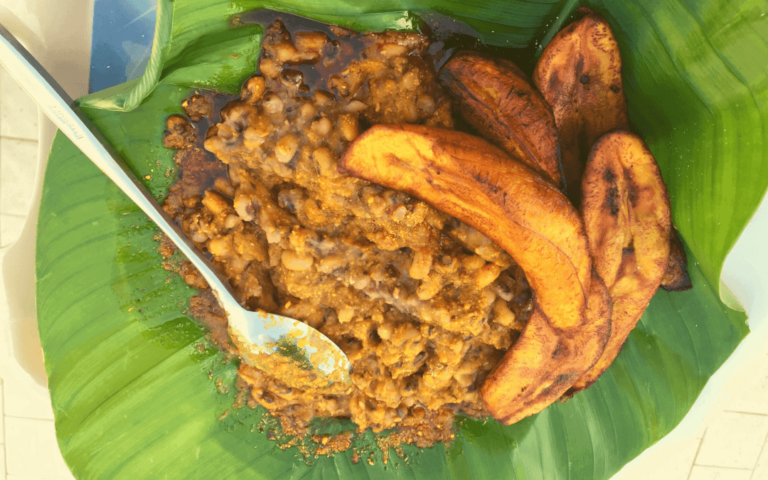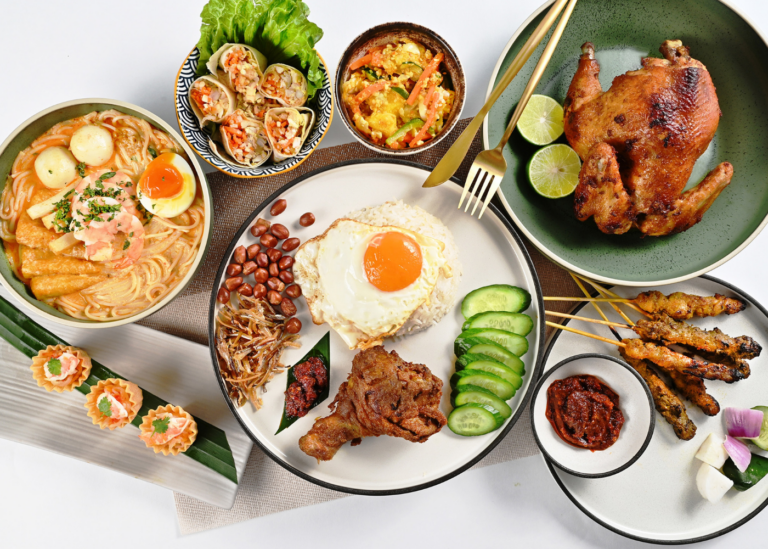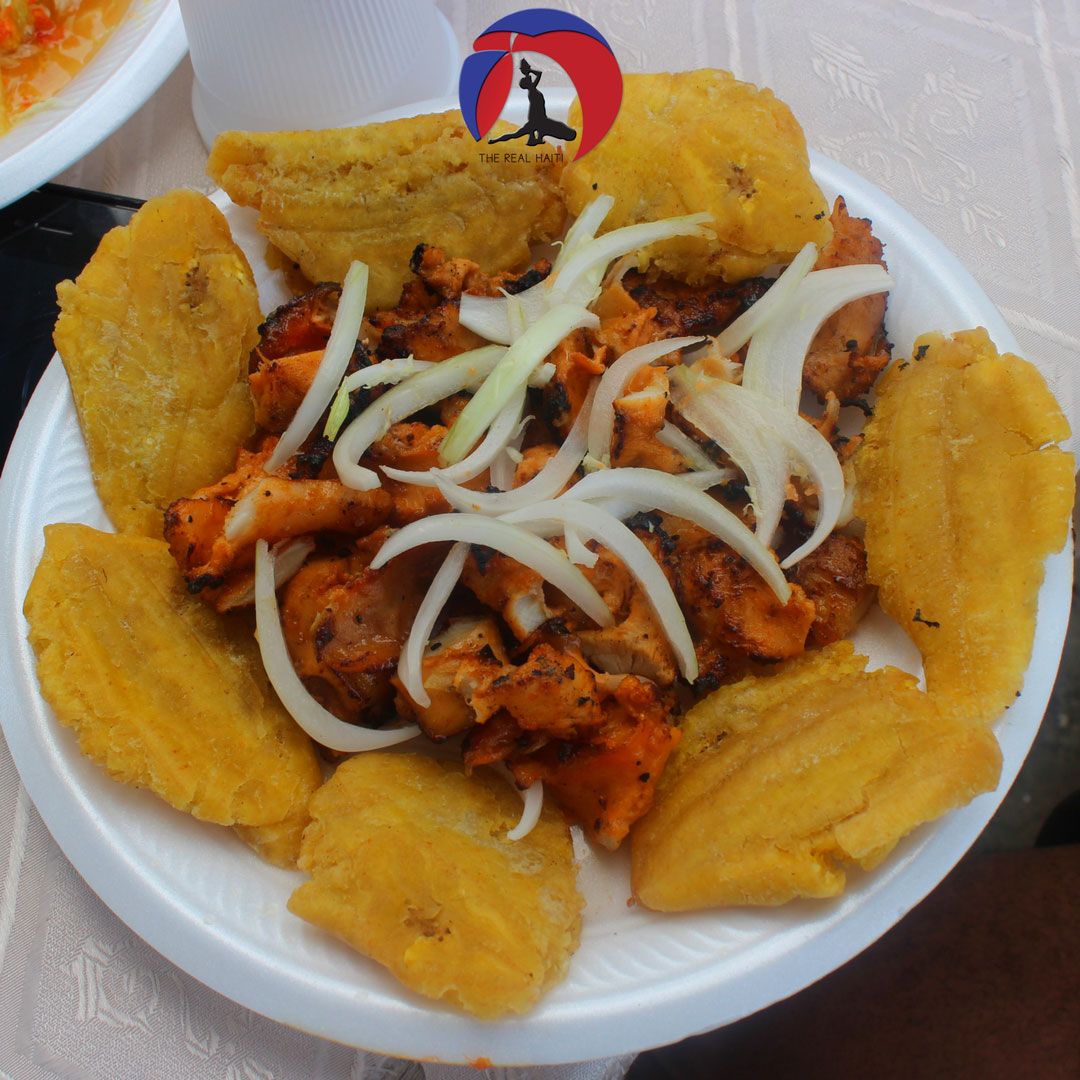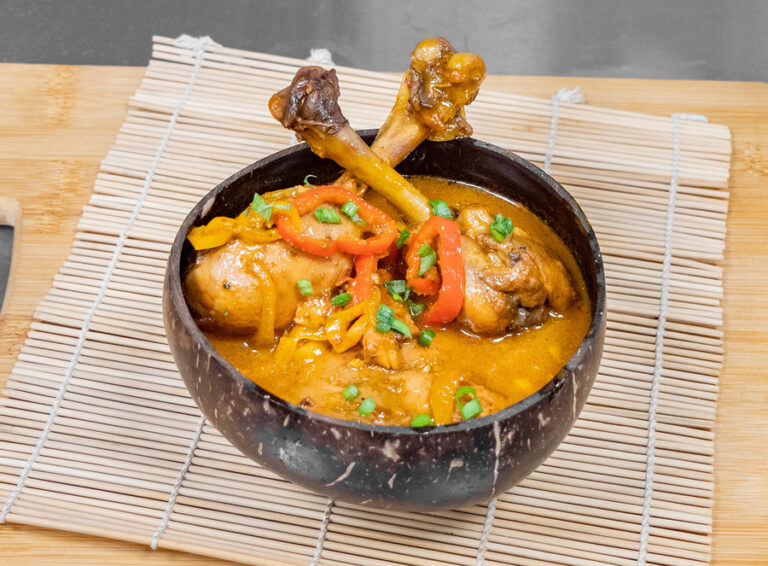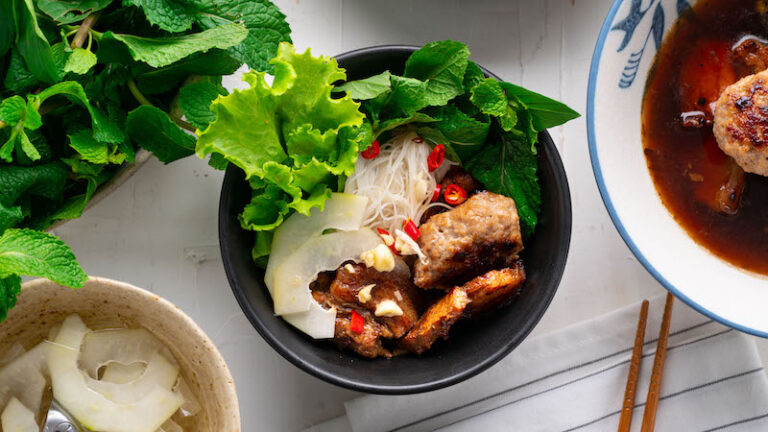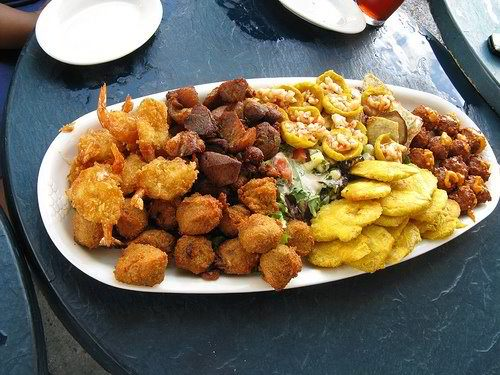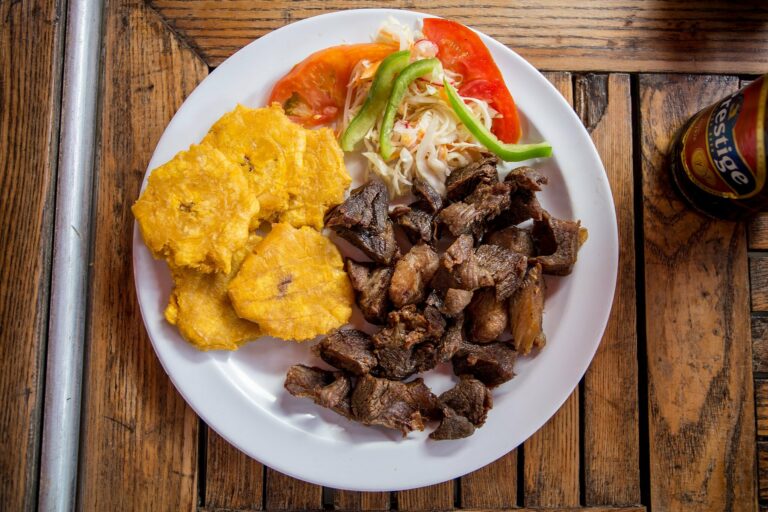Introduction: Amerindian influences in Guyanese cuisine
Guyanese cuisine is a fascinating blend of various cultures, including African, Indian, Chinese, and Portuguese, among others. However, one of the most significant influences on Guyanese cuisine comes from the indigenous peoples who inhabited the region long before the arrival of the Europeans. These indigenous peoples, collectively known as Amerindians, have left a lasting impact on Guyanese cuisine. In this article, we will explore the various ways in which Amerindian influences can be found in Guyanese cuisine.
The indigenous peoples of Guyana and their culinary traditions
The indigenous peoples of Guyana, also known as Amerindians, have a diverse culinary tradition that is based on the availability of local ingredients. Some of the most common ingredients used in Amerindian cuisine include cassava, yams, plantains, and various fruits and vegetables. Amerindians also rely heavily on fishing and hunting for their protein sources, with river fish and wild game being popular choices.
Amerindian cuisine is also characterized by its use of herbs and spices. Pepper, cinnamon, and bay leaves are commonly used to flavor dishes, while coriander, thyme, and basil are used as garnishes. Amerindians also make use of a variety of cooking methods, including boiling, roasting, and smoking. These techniques are used to create unique flavors and textures that are distinct to Amerindian cuisine.
Common Amerindian ingredients used in Guyanese cuisine
Many of the ingredients used in Amerindian cuisine have been incorporated into Guyanese cuisine as well. Cassava, for example, is a staple food in Guyana and is used to make a variety of dishes, including cassava bread, farine, and cassareep. Cassareep, a thick, dark syrup made from cassava juice, is a key ingredient in many Guyanese dishes, including pepperpot, a traditional Amerindian dish.
Other common Amerindian ingredients used in Guyanese cuisine include coconut milk, tamarind, and hot peppers. These ingredients are used to flavor dishes such as cook-up rice, metemgee, and chow mein, all of which are popular in Guyana. Additionally, many Amerindian herbs and spices, such as thyme, coriander, and bay leaves, are commonly used in Guyanese cooking.
Amerindian cooking techniques and their impact on Guyanese cuisine
Amerindian cooking techniques have also had a significant impact on Guyanese cuisine. Smoking, for example, is a common technique used in Amerindian cuisine to preserve meats and fish. This technique has been incorporated into Guyanese cuisine, with smoked fish being a popular ingredient in many dishes.
Boiling is another technique commonly used in Amerindian cuisine, and it is used to create dishes such as pepperpot and cassareep. These dishes are cooked slowly over low heat, allowing the flavors to meld together and creating a rich, flavorful broth. This technique has also been incorporated into Guyanese cuisine, with pepperpot being a beloved national dish.
Some popular Amerindian dishes in Guyana
There are several popular Amerindian dishes in Guyana that have become part of the national cuisine. Pepperpot, as mentioned earlier, is a stew made with cassareep, meats, and vegetables. It is traditionally served with bread or rice and is a staple of Guyanese cuisine.
Metemgee is another popular Amerindian dish in Guyana. It is a hearty soup made with a mix of meats, dumplings, cassava, and other vegetables. The dish is flavored with coconut milk and spices and is often served with rice.
Cassava bread is another essential part of Amerindian cuisine. The bread is made from cassava, which is grated and pressed to remove the excess liquid. The resulting dough is then cooked on a flat griddle, producing a thin, crispy bread that is a staple of Guyanese cuisine.
The legacy of Amerindian cuisine in Guyana today
The legacy of Amerindian cuisine can be seen and tasted throughout Guyana today. Many of the traditional dishes and ingredients used in Amerindian cuisine have become part of the national cuisine. Additionally, the techniques used in Amerindian cooking have been incorporated into Guyanese cuisine, creating a unique blend of flavors and textures.
Despite the influences of other cultures, Amerindian cuisine remains an essential part of Guyanese cultural heritage. Its unique flavors and techniques continue to inspire and influence cooks and chefs throughout Guyana, ensuring that Amerindian cuisine will remain a vital part of the country’s culinary tradition for generations to come.

